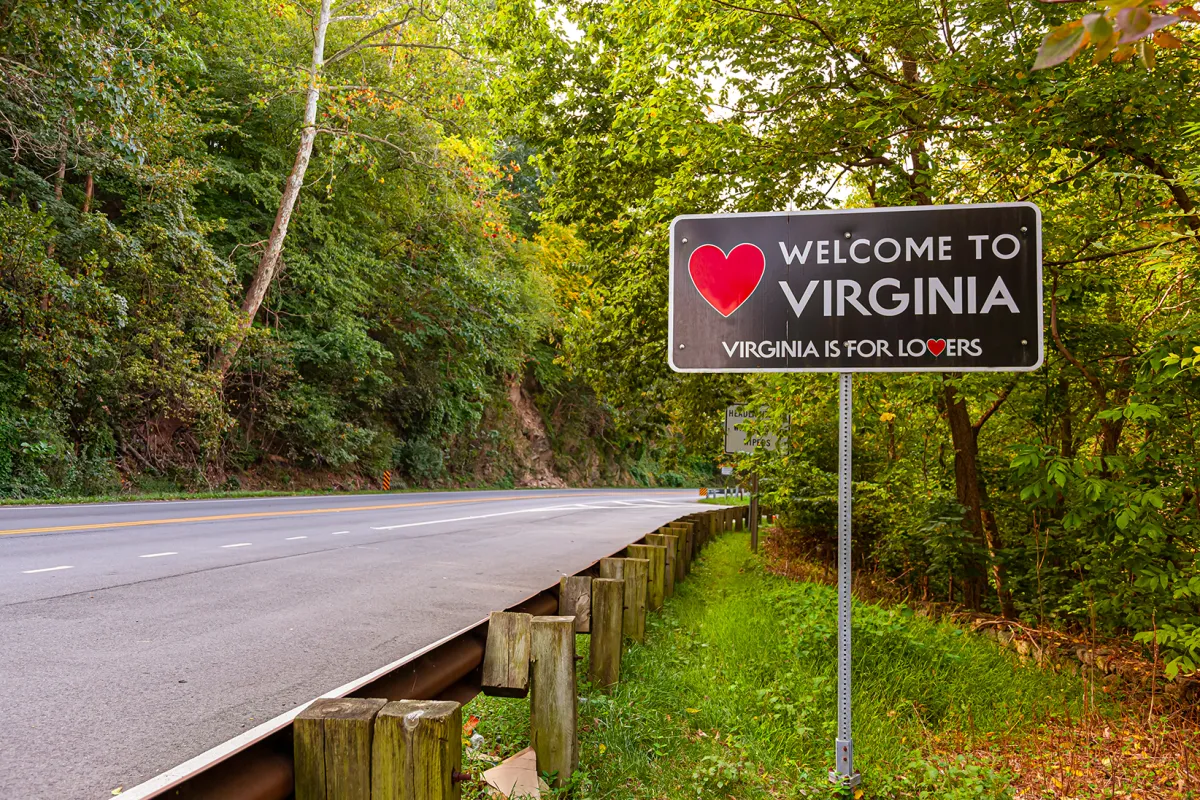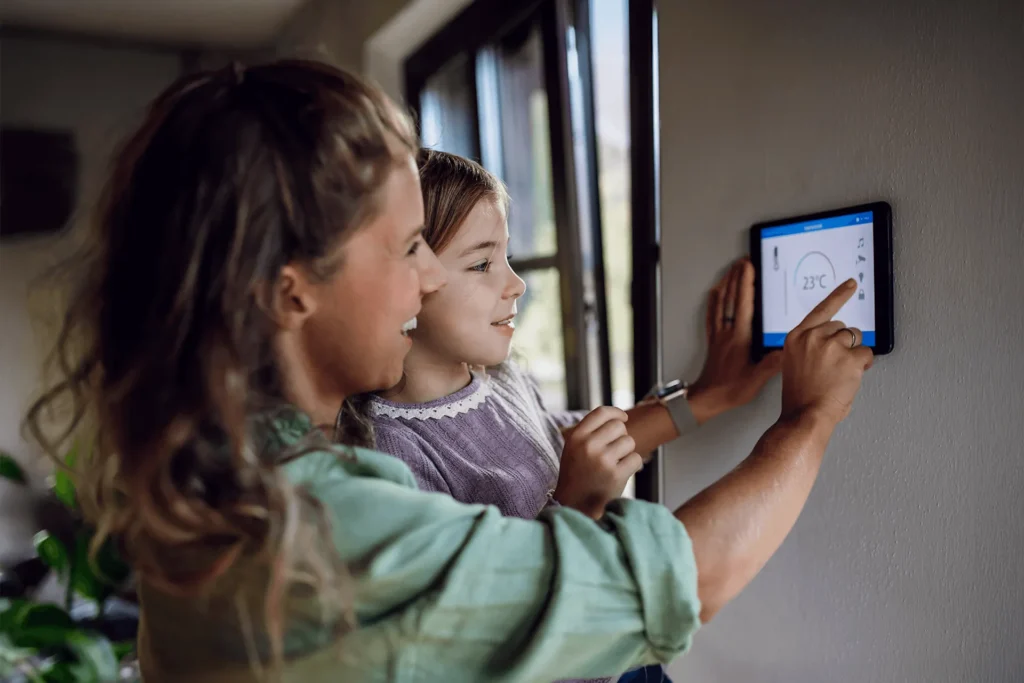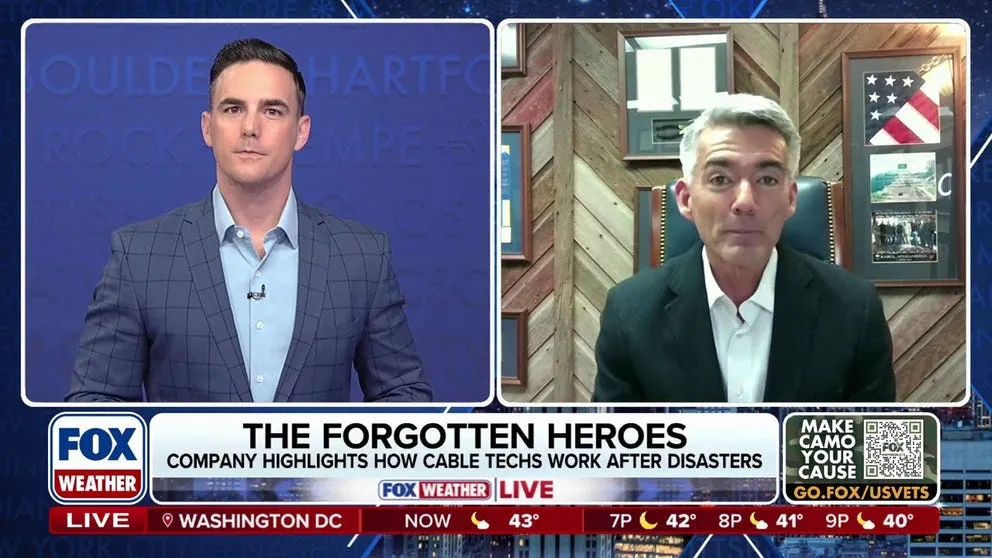Highland County, Virginia Community Leader Speaks to the Importance of Broadband Access
The $42 billion in federal Broadband Equity, Access, and Deployment (BEAD) funds is a clear nod to the critical role that broadband access plays in today’s digital world. The Federal Communications Commission (FCC) estimates that, even with the tremendous progress ISPs have made this past decade, there are still nearly 8 million Americans without access to the internet. Many of these folks live in the country’s hardest-to-reach, rural areas, where the cable industry works day-in and day-out to extend networks.
George Hogshead, Chair of the Highland County Economic Development Authority in western Virginia, describes how the availability of quality, reliable broadband internet can transform rural communities.
How did you become such an advocate for rural broadband access?
George Hogshead: The livelihoods of all rural communities across Virginia is something I have been interested in my entire life. My wife and I both grew up in Highland County but left after high school to go to college in Blacksburg, VA and then to Charlotte, NC for work. Ours is a common story – so many of my friends and classmates also left their rural hometowns to chase economic opportunities. We moved back in 2015, and in my role as Chair of the Highland County Economic Development Authority, I’ve noticed more and more families returning to our area and young people staying put. I attribute a lot of this positive change to the County now having quality, reliable broadband internet. Every rural community deserves this.
How are rural communities like Highland County responding to the BEAD funds that will flow into states to close the rural broadband gap?
I think it’s fair to say that rural communities are cautiously optimistic. We are grateful that President Biden worked with Congress to pass the Bipartisan Infrastructure Law in 2021, which included the $42 billion in BEAD program investments. Almost $1.5 billion of those funds will be coming to Virginia, which is a tremendous opportunity to connect our Commonwealth’s remaining unserved rural communities. Our main priority now must be to make sure these investments are used most wisely for their intended purposes of connectivity – and not wasted.
What steps can community leaders like yourself take to make sure the BEAD program succeeds in its intended goals of expanding connectivity?
We must keep the pressure on our leaders and elected officials to make smart choices with these BEAD investments. Part of this means that state and federal leaders must focus first and foremost on removing the barriers that stand in the way of deploying broadband to rural areas. I worked for years as an electrical engineer and understand firsthand how challenging it can be to build projects at this scale, even under the best of circumstances. The recent aggressive approach to broadband regulation from federal regulators threatens all the good work being done to expand rural broadband access.
Another part of this means states should partner with experienced internet service providers that have proven their ability to build networks to rural communities. It’s a tough job that not everyone can do, let alone do it well. We need providers with the appropriate technical, managerial, and financial expertise to get the job done right.
What’s next for you?
I’m finally enjoying retirement now but will always be committed to attracting young families, small businesses, and tourists to come enjoy and share their resources with our community. A vibrant future for the County – and other rural counties across the country like ours – is only possible with reliable access to high-speed broadband.









